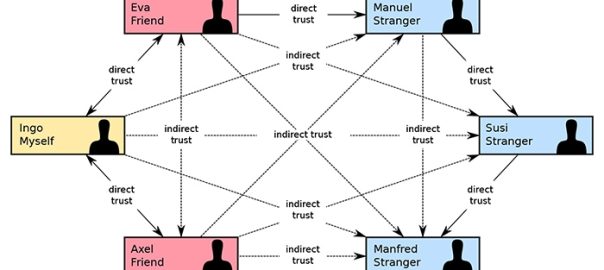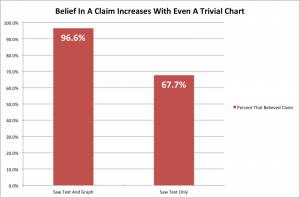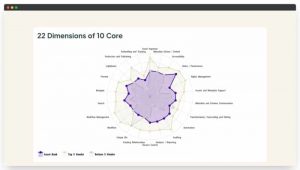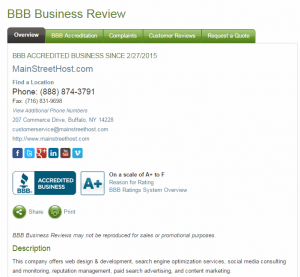Effective Methods for Evaluating Link Quality in SEO

Search engine optimization (SEO) is an essential part of any marketing strategy, and link quality has a major impact on SEO. For successful organic ranking, it’s important to understand how best to measure the quality of an incoming link.
To do this, experts rely on techniques such as relevance-based, authority-based, and trust-based link measurement which helps them gauge the real value that a given inbound link may carry for their website.
Relevance-based measurement measures inbound links based on content relevance like anchor text used and its contextual relationship with other text present on the page.
In other words, it’s a semantic, natural language processing metric and not a link-based model, which precludes the potential for black-hat SEO tactics.
Concurrently, it also means irrelevant, low-quality guest posting services will continue to decline.
The authority-based measurement uses metrics such as domain authority to analyze and judge the credibility or reliability of backlinks lands up paying attention exclusively to the popularity or DA of the page where a link derives.
Lastly, trust-based measurement assesses the credibility of a domain’s past activities and de-emphasizes incoming links and measures how reliable they are.
Relevance-based Measurement
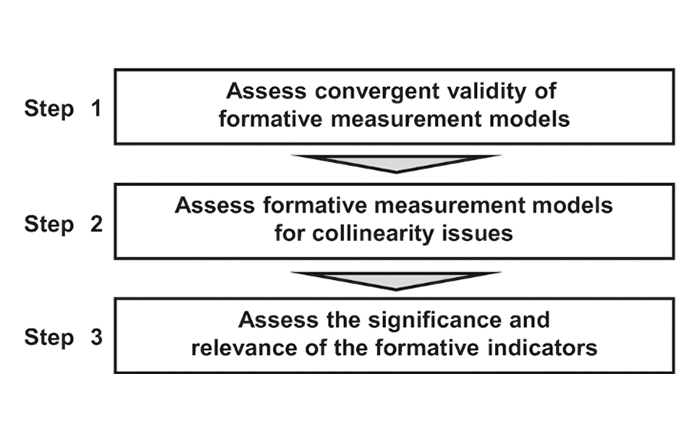
Relevance-based measurement is a way to measure the importance and quality of an incoming link by judging its ability to interact with the target website’s content. Specifically, this metric looks at how relevant the linking page’s keywords, anchor text, topic matter, and source context is to the linked page.
Relevance of links demonstrates their quality; relevant incoming links mean more valuable visitors drawn in from that link making them important SEO assets.
Examples of relevance-based metrics used to measure link quality
1. Evaluation of anchor text relevance
Evaluation of anchor text relevance is an important part of SEO link quality measurement. As a part of this task, search engine bots analyze the anchor text a search engine user finds when they click on specific links and check whether it’s related to the content found on that page. If it is not relevant to that particular landing page then it will hurt the overall credibility and lessen its rankings within SERP (Search Engine Results Page).
Being descriptive yet concise in your backlinks can help keep your website at the top of SERP.
2. Assessment of page content relevance
Assessing the content relevance is a method of further capturing how relevant any particular link may be to the topic, product, or service it is referring to.
It involves identifying not only anchor text and page titles but also subject areas the pages are discussing and examining them against consistent terminologies used regularly throughout other more highly ranking pages on Google search results.
3. Analysis of contextual relevance
Analysis of contextual relevance is a technique used to determine the link quality of certain web pages. This examines how relevant the linking page and its content is to the page being linked to, by assessing other factors such as what words a user searches for and ho those words are arranged on different web pages.
By meaning this, companies can gain an understanding of whether or not linkage will be facilitating higher search engine rankings -thus making their would-be coveted spot at increasingly competitive SERPs– and maximize potential revenue opportunities for their websites.
It not only helps optimize SEO strategy integration but it develops the quality of content as well, making contextual relevance a highly valuable metric to assess when measuring link quality for SEO success.
Authority-based Measurement
Authority-based Measurement uses methods to measure the credibility of a website based on the amount, quality, and reputation of inbound links it possesses.
Websites that have earned respect from external websites are considered authoritative for specific topics; therefore, this method is used to identify and evaluate high-authority resources when analyzing link quality.
Authority-based metrics can include evaluation of domain authority, assessment of page authority, and analysis of link popularity numbers – each representing levels of how respected or trusted the source is among peers in terms of the information published.
Examples of authority-based metrics used to measure link quality
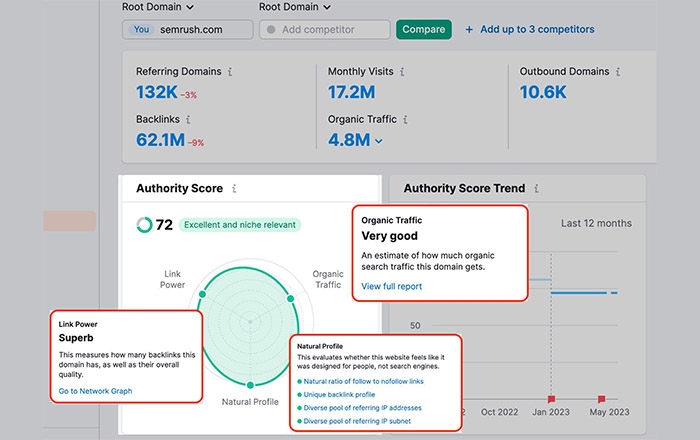
1. Evaluation of domain authority
Evaluation of domain authority is an example of an authority-based metric used to measure link quality. Domain authority is a score, which represents the ranking strength of particular websites.
It gauges a website’s likelihood and ability to rank in search engine results pages (SERPs), helping SEO professionals understand how competitive their target market and niche are online. The score measures various signals such as age, size, popularity and already-established rankings on SERPs.
2. Assessment of page authority
For authority-based link quality measurement, one relevant metric is the assessment of page authority.
Also known as PA (or Page Authority), it’s defined by Moz as an algorithmically determined value that predicts best how well a given URL will rank on search engine results pages. Different from other complicated ranking scores like domain or global, Page Authority evaluates individual web pages rather than entire websites.
These scores are measured on a logarithmic scale from 0 to 100 based upon such factors as neural network language models
3. Analysis of link popularity
Analysis of link popularity involves exploring the amount of inbound links pointing back to a particular webpage or piece of content.
It helps measure the credibility and search engine visibility of any referring website based on their link structure, making it an essential tool for evaluating external site referrals.
Link popularity is generally increasing when older and more trusted websites are linking to a newly created website or page – indicative of authority or recognition established in the space/ sector.
Trust-based Measurement
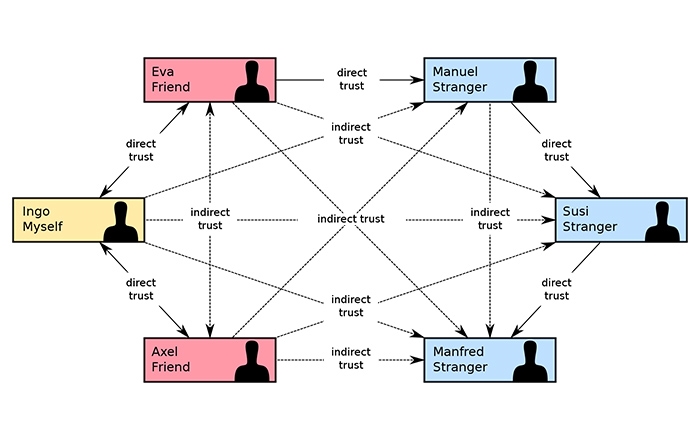
Trust-based measurement is a link quality metric used to evaluate the credibility and trustworthiness of links. It measures how reliable, authoritative, and reputable the source of a link is perceived to be among its users.
This type of metric utilizes various factors such as domain trustee worthiness ratings, experience with similar content across multiple websites over time and benefits provided by publications or commentators that can provide evidence about value in an implicit or explicit nature.
Such assessment produces insights into both the web reader’s understanding of the link’s value and the authenticity of its source which can be used to improve linking activities within SEO.
Examples of trust-based metrics used to measure link quality
1. Evaluation of domain trustworthiness
Evaluation of domain trustworthiness assesses a webpage’s reputation and reliability relative to its content. This involves analyzing the age, ownership history, policies, uptime record, external mentions from authorities in the space such as press publications or industry experts sharing links, and user feedback from past interactions.
Link quality scorecards can review this data to inspect any potential negative red flags that could be used to lower a site’s ranking in search engine results which reflects poorly on SEO performance.
2. Assessment of page trustworthiness
Assessment of page trustworthiness is a measure used to gauge the quality of links and is an important part of trust-based metrics. This metric focuses on how trustworthy any given webpage or website might be, and assesses factors like credibility, author bios, reviews and endorsements from other websites.
Providers like Ahrefs use algorithms that track citation flows, searches rendered by Google and real user experience data to gain insight into how websites are generally viewed by other online authorities. These factors emphasize the weight a link receives when measured for trustworthiness.
3. Analysis of link source credibility
Analysis of link source credibility looks at which websites are pointing to a webpage as an indicator of its trustworthiness and quality.
Ranking algorithms such as Google’s PageRank compare links from different sources to make calculations about a page’s importance. Credible institutions like universities, non-profit organizations, and government sites typically have higher Domain Authority or Domain rating than other webpages.
It is therefore beneficial for the reputation of your website if these types of trustworthy domains link back to pages on your site too. Additionally, looking for signals of quality such as an uncountable amount of duplicitous or suspicious links may also help to measure the credibility of a linking domain.
Comparison of the Three Measurement Techniques
Benefits and limitations of relevance-based measurement
Relevance-based link quality measurement identifies the relevance between two distinct websites and different types of content. The anchor text, page content, and contextual elements can provide meaningful insight into how closely linked each website is to one another or relative to a given keyword or topic search term.
Its greatest benefit is its ability to accurately capture the relevancy of any given page based on its context or purpose by relying on insights it receives from realtime clickstream analysis.
A major limitation however often has to do around its interpretation regarding when two websites should be related to one another. Furthermore, it may not always take into account the actual authority of the page itself or backlink sources that are originating from other websites.
Benefits and limitations of authority-based measurement
The benefits of authority-based measurement include its ability to provide sample analytics about page rank and domain trustworthiness.
This insight can be useful for informing strategies within link building processes, as it helps webmasters identify target websites that possess higher ethics criteria and credibility on the internet.
Limited information is the main drawback since data related to inbound linking or quality content are not taken into account by this technique.
Authority-based metrics do not provide thorough resources either to many link building scenarios, such as content marketing. As such, this technique should be applied in conjunction with other types of link quality measurement methods.
Even in scenarios where nofollow or sponsored links are present, authority metrics of the site trumps the muted quality of the backlink.
Benefits and limitations of trust-based measurement
Trust-based measurements involve evaluating a sending website on their overall trustworthiness and is achieved by analyzing sources of sent links such as domain reputation, page trustworthiness, and link source credibility.
This form of evaluation can benefit SEO with legitimacy for organic rankings but due to its detailed evaluations, there could be limitations that result in reducing reachability for prospecting efforts.
Conclusion
Link quality is an important factor in determining a website’s success in SEO, so it’s essential to understand the measurement techniques used to evaluate links. Relevance-based measurements focus on criteria relating to how well the content of pages link with one another and its relevance to what users are looking for.
In many cases, the link building services you hire, could do more harm than good.
Authority-based metrics assess page authority and domain sizes, while trust-based measures involve studying domain trustworthiness and evaluating link sources. Each technique carries certain benefits and limitations that need to be considered when attempting to evaluate the strength of a website’s links.
The post Effective Methods for Evaluating Link Quality in SEO appeared first on ReadWrite.
(4)
